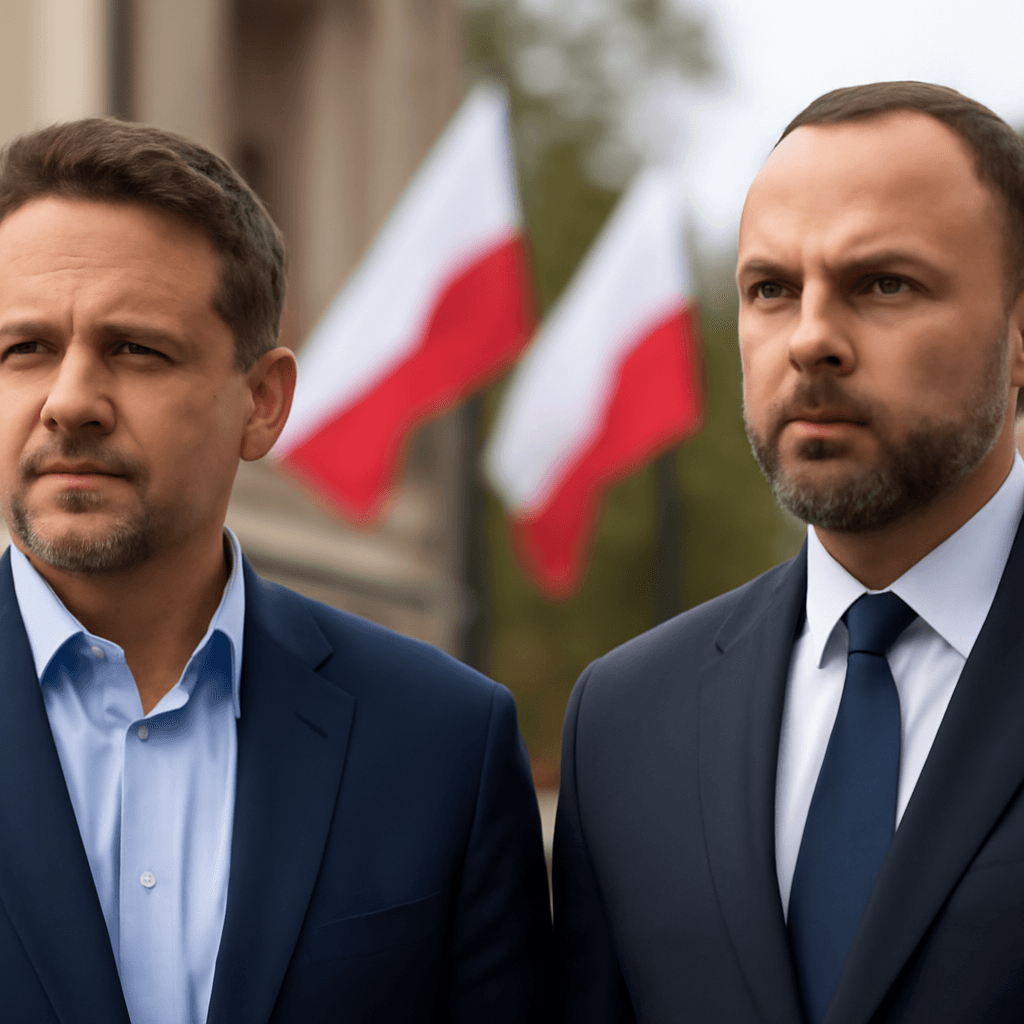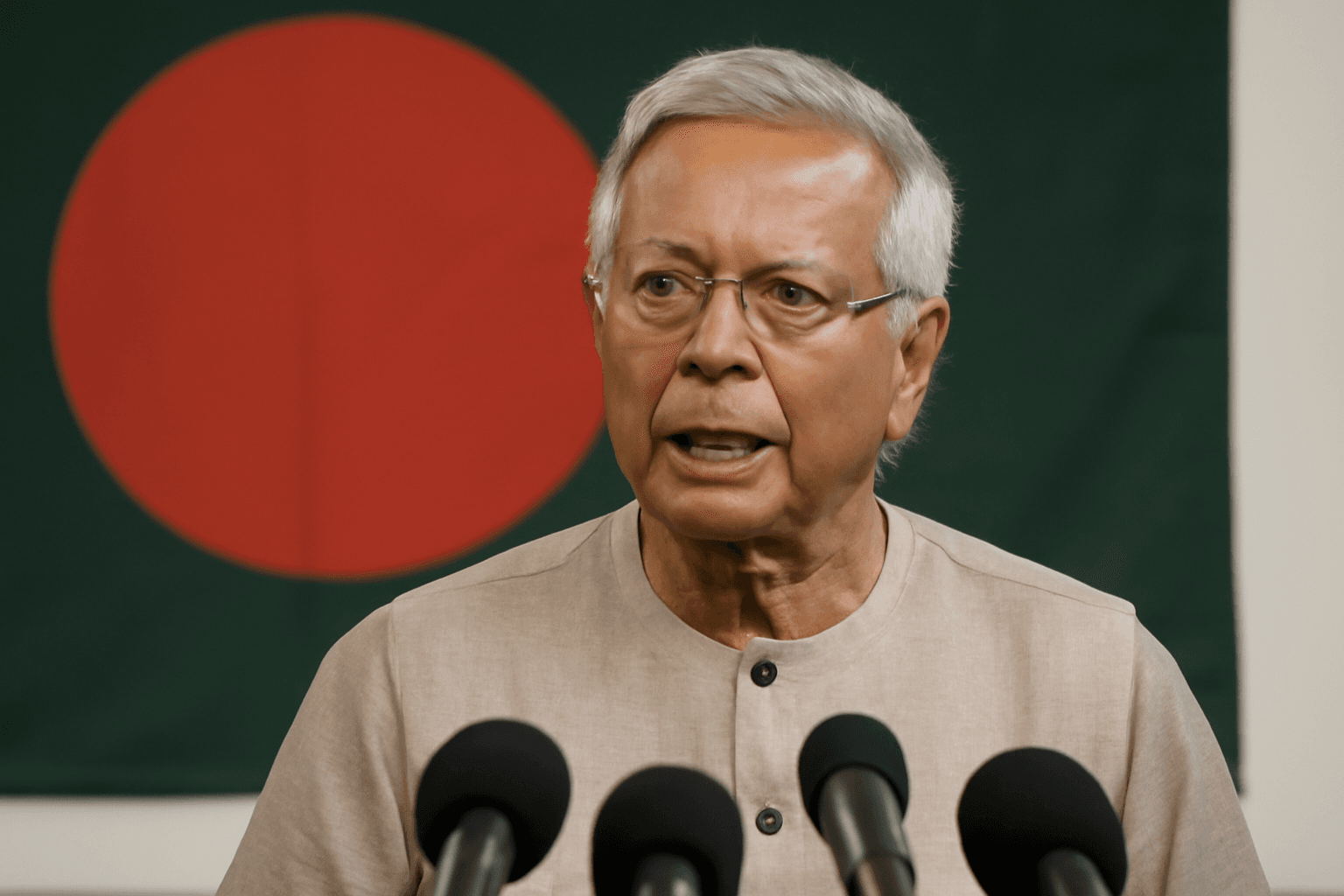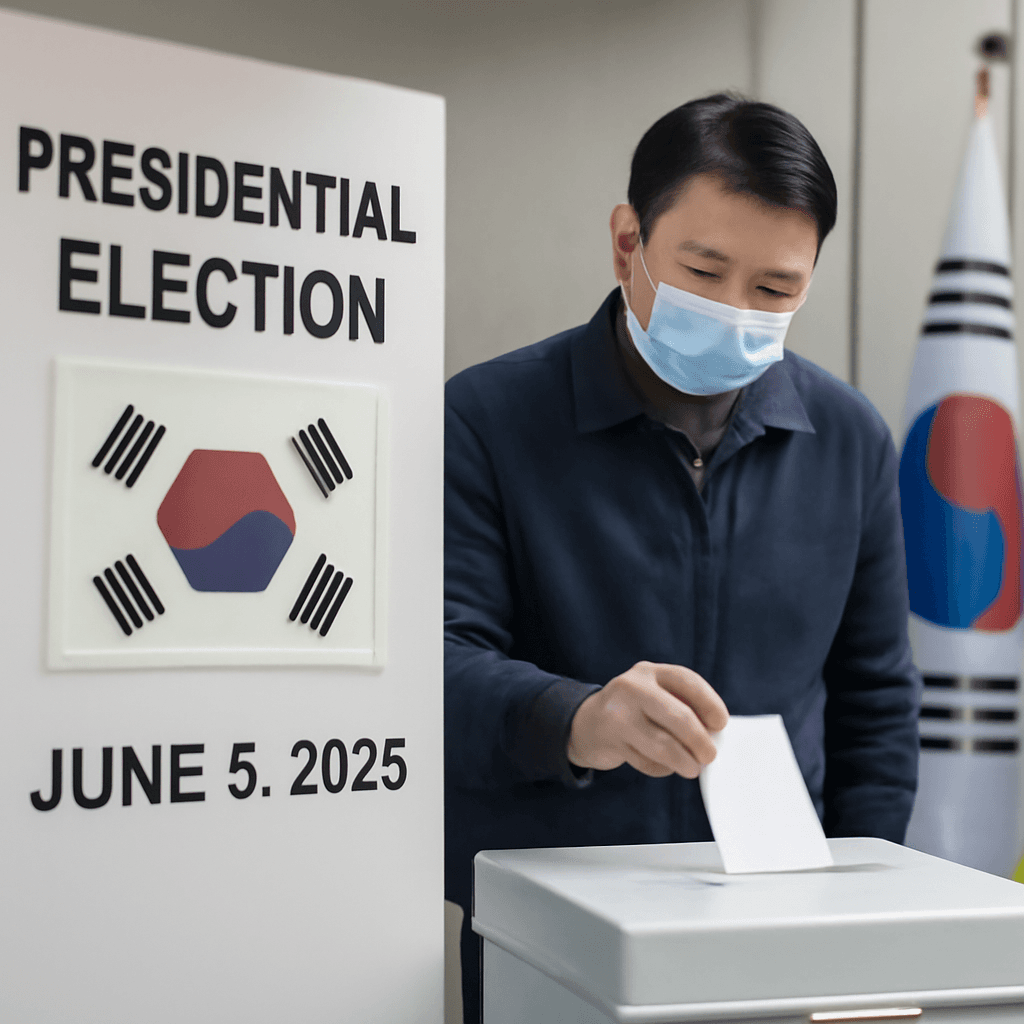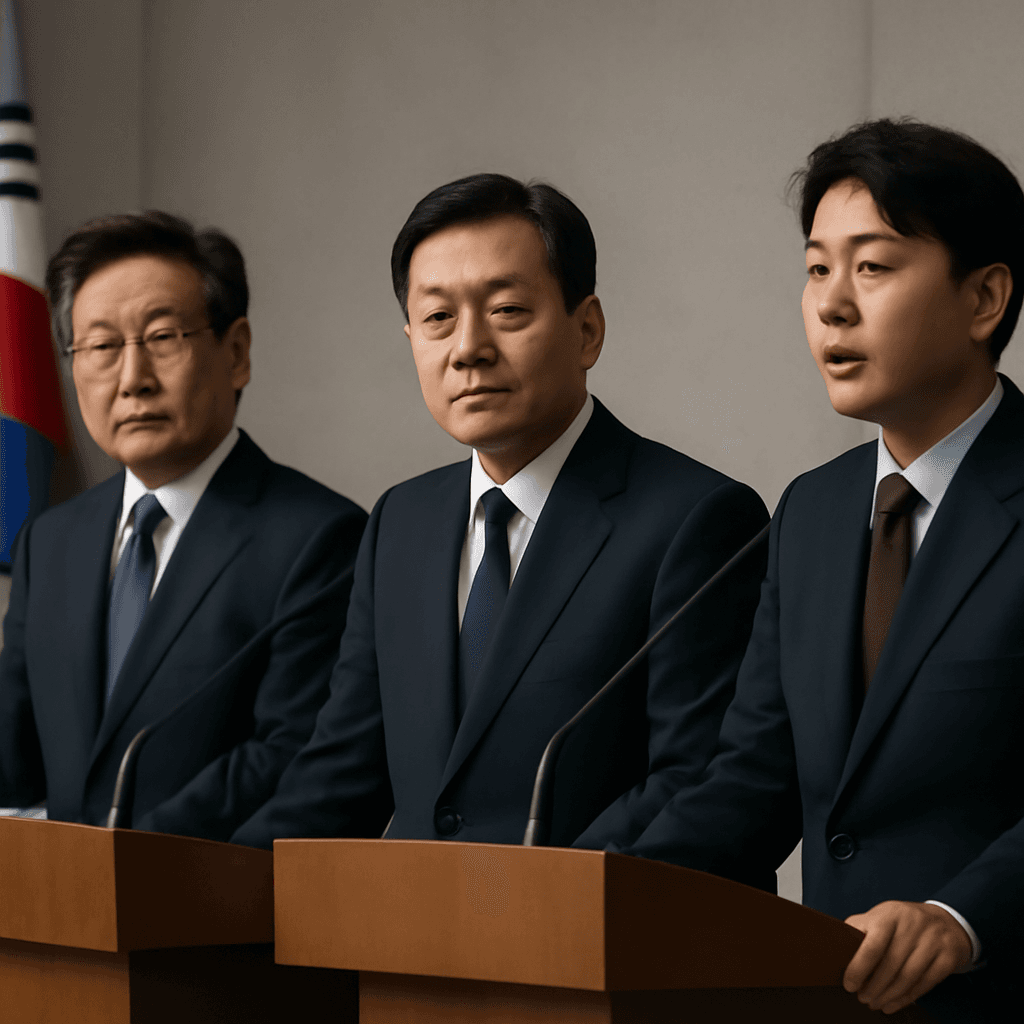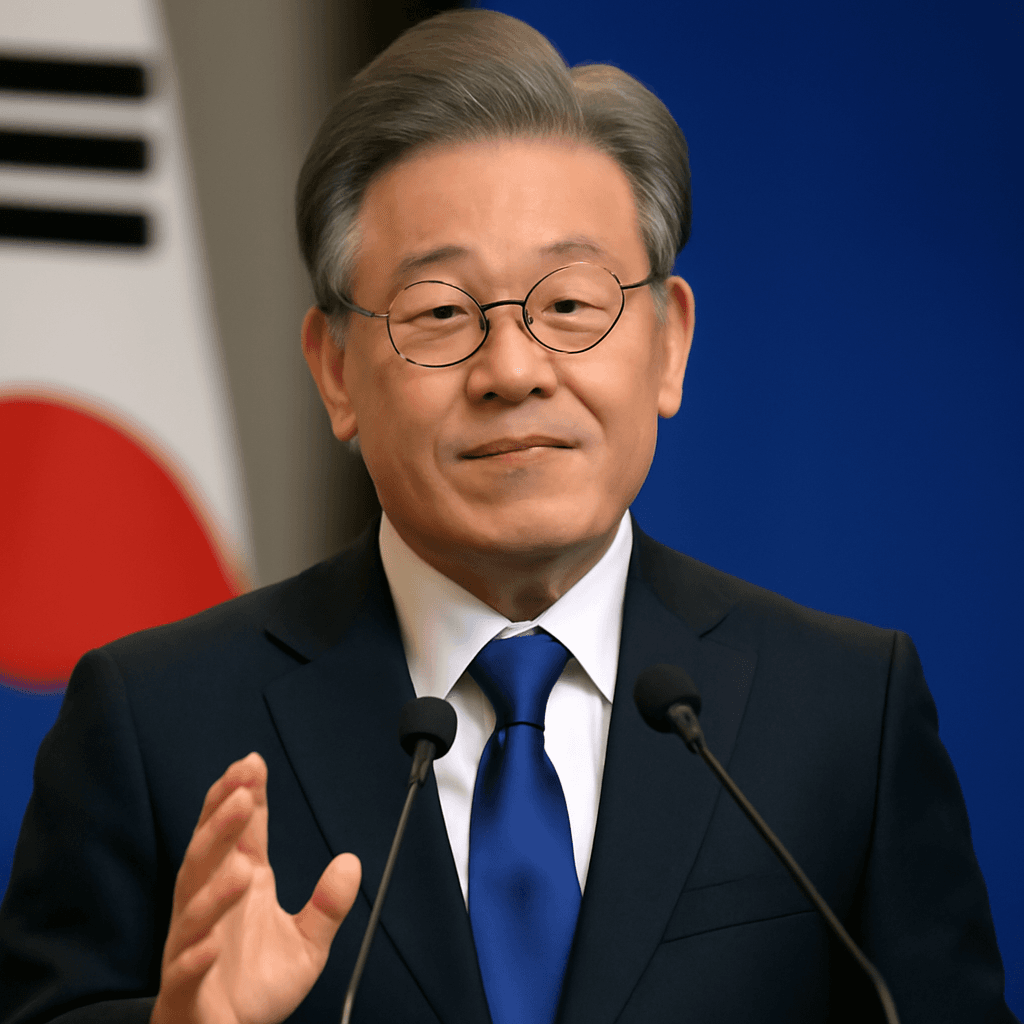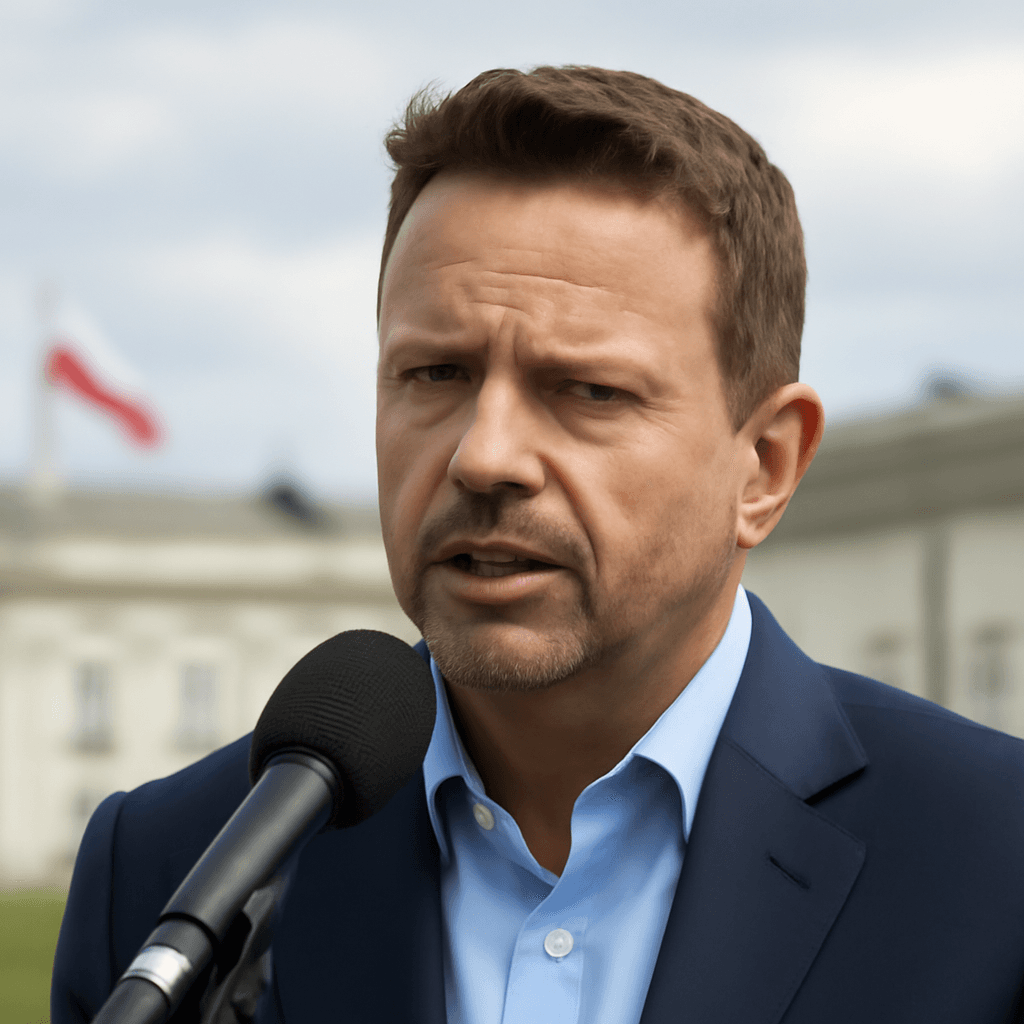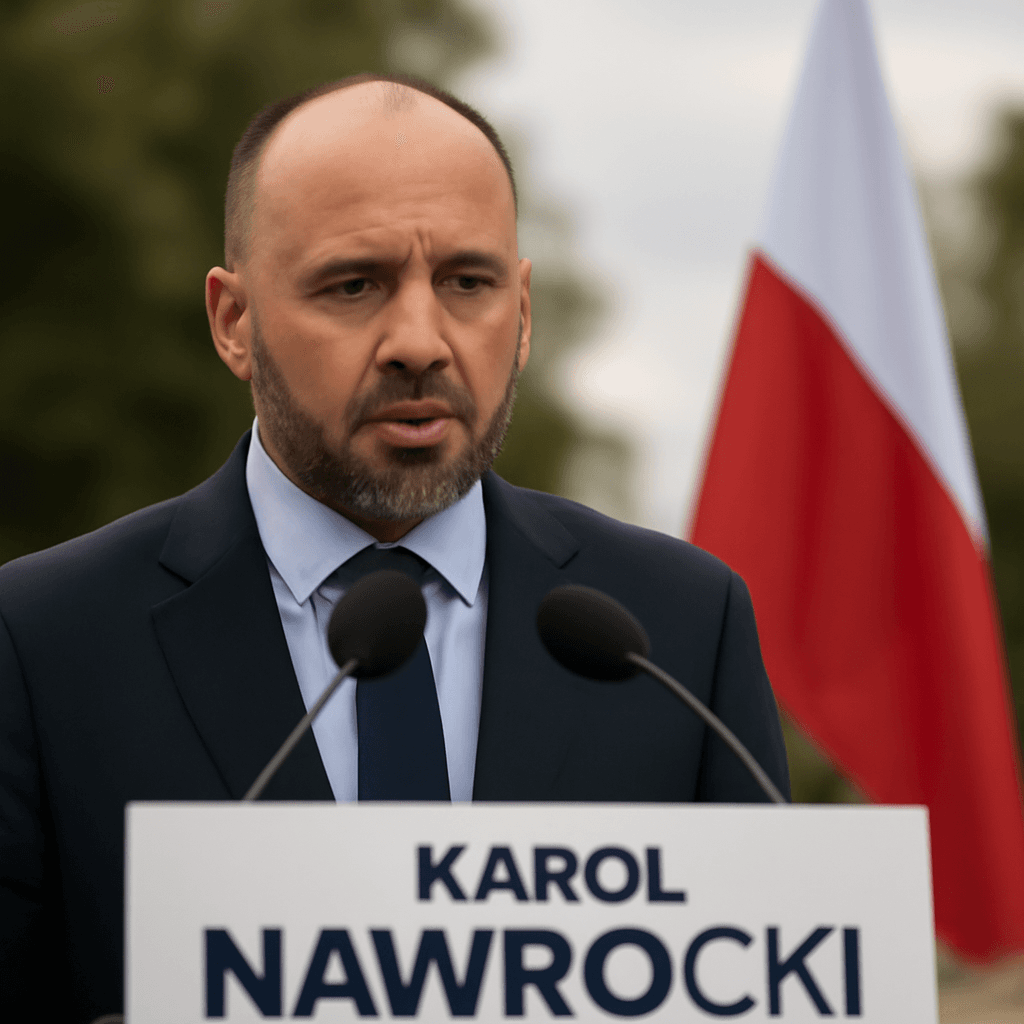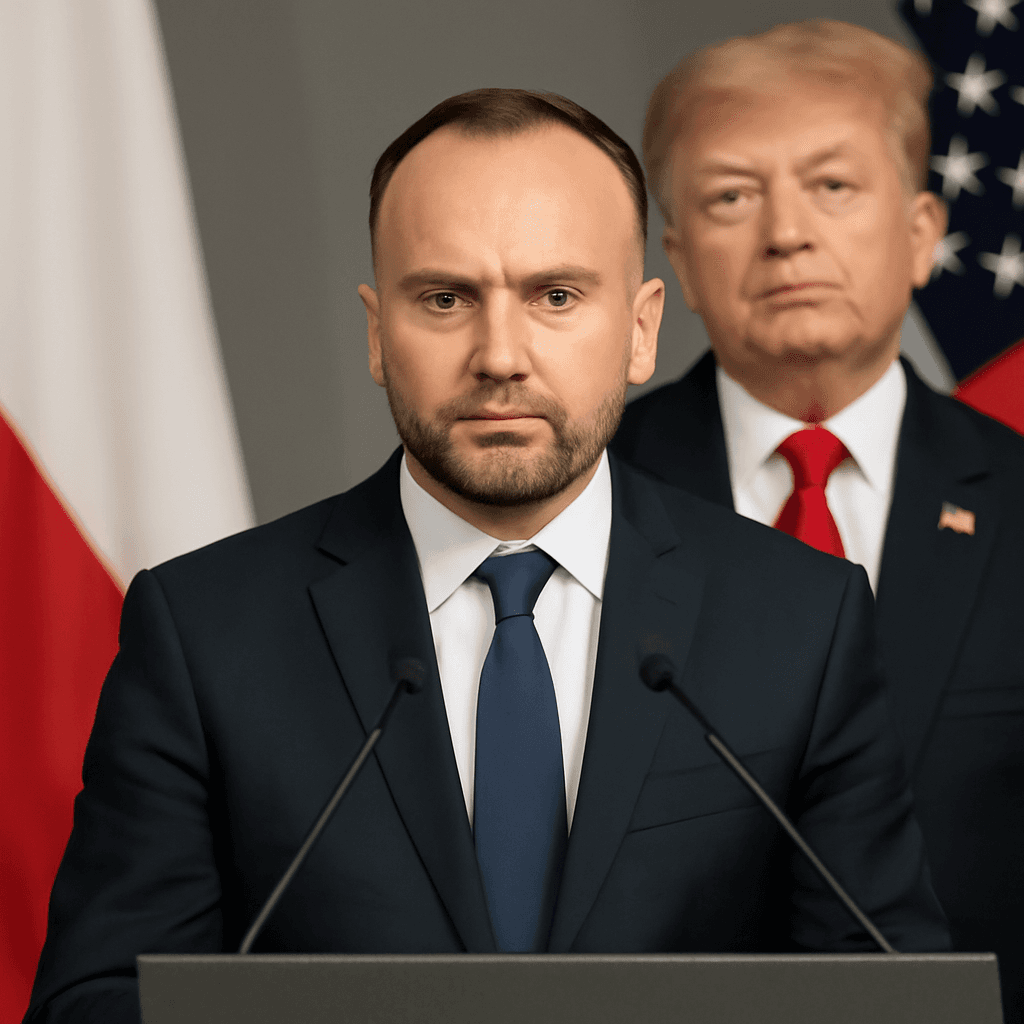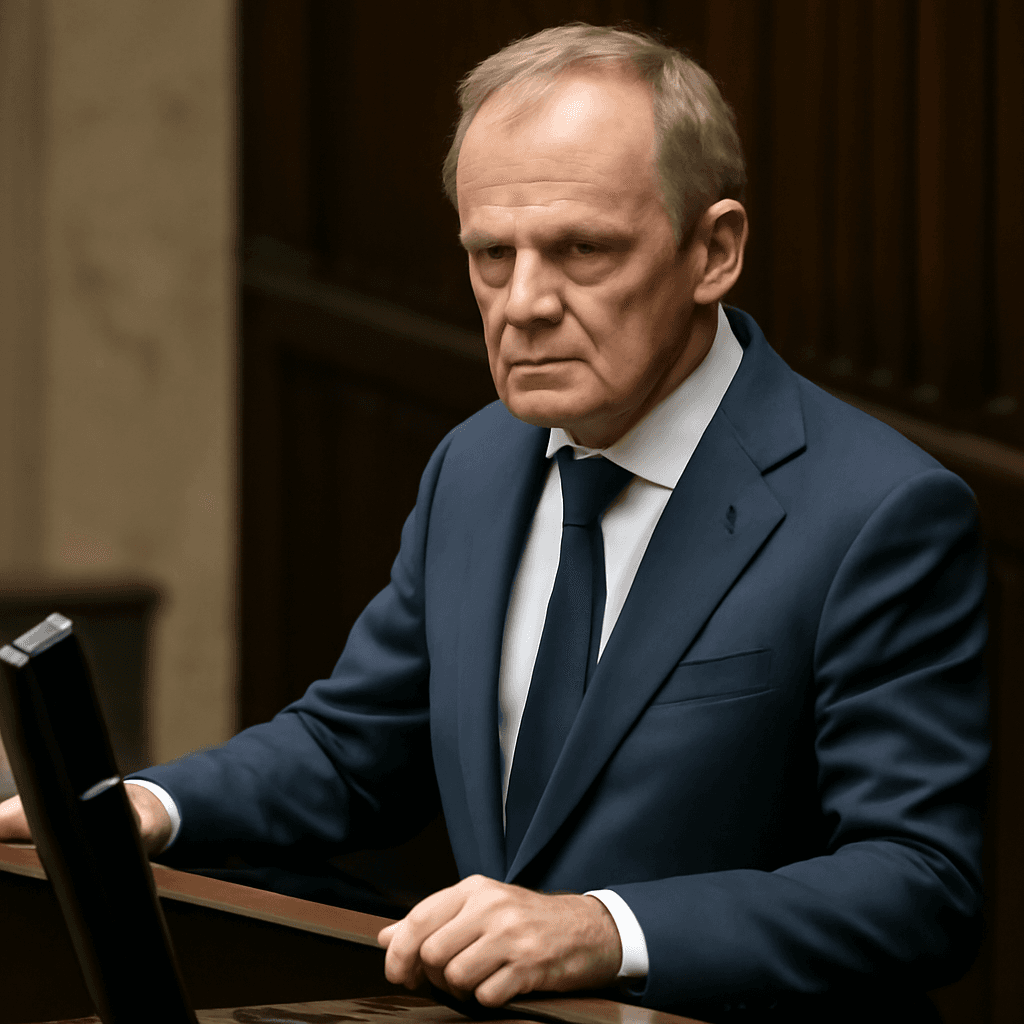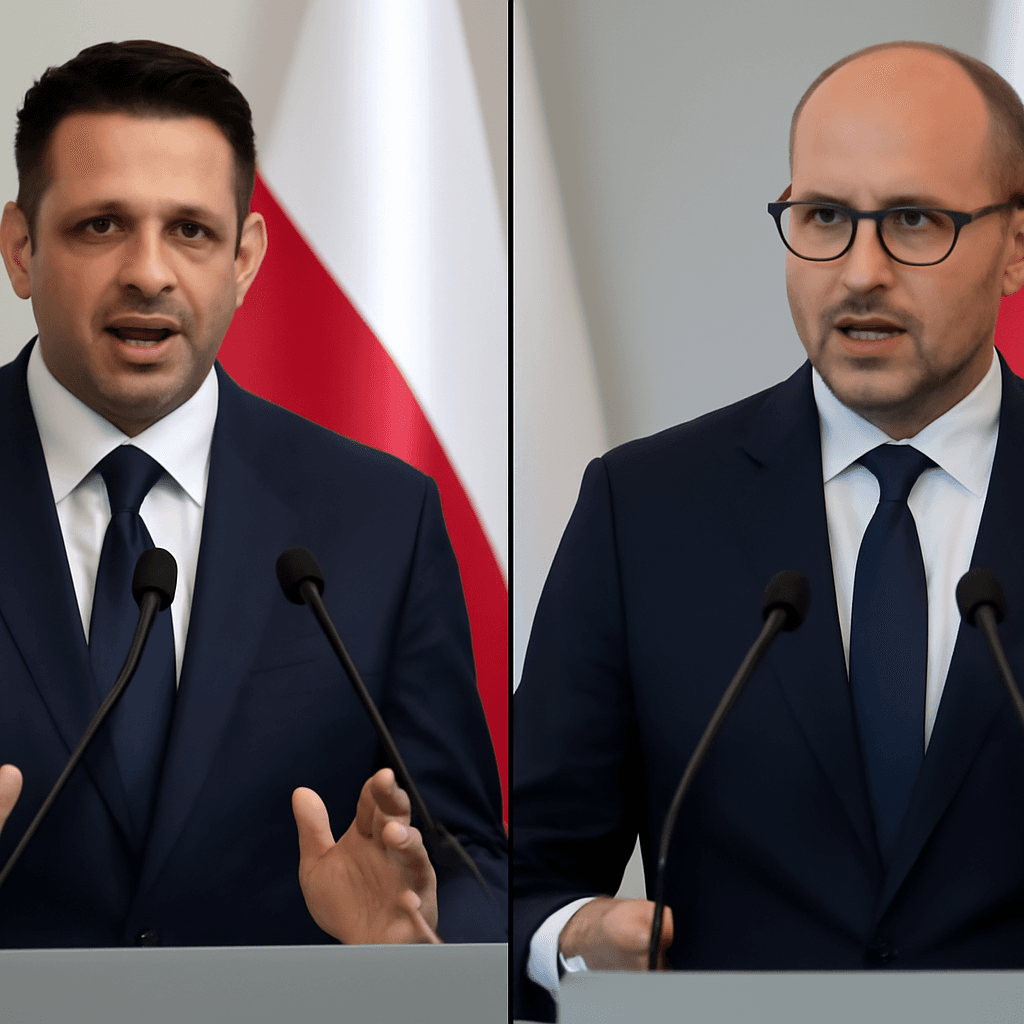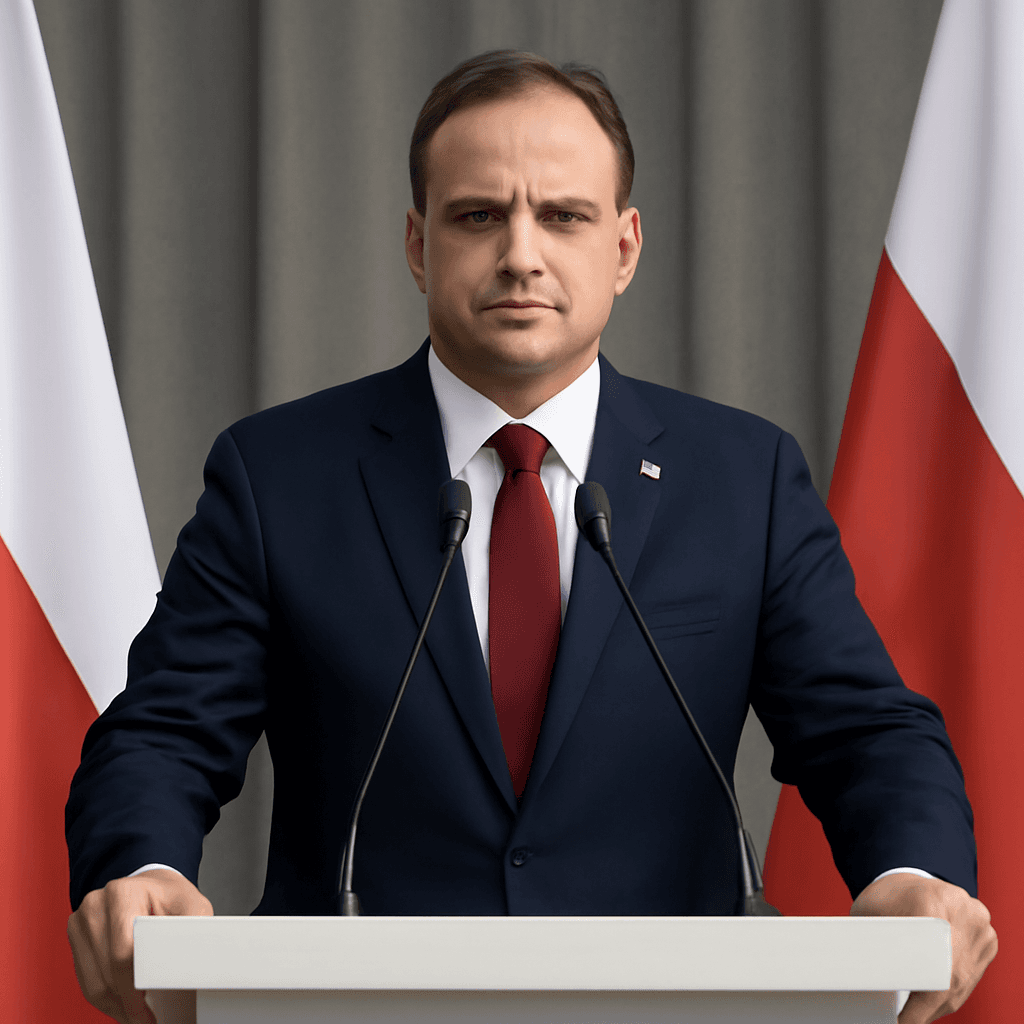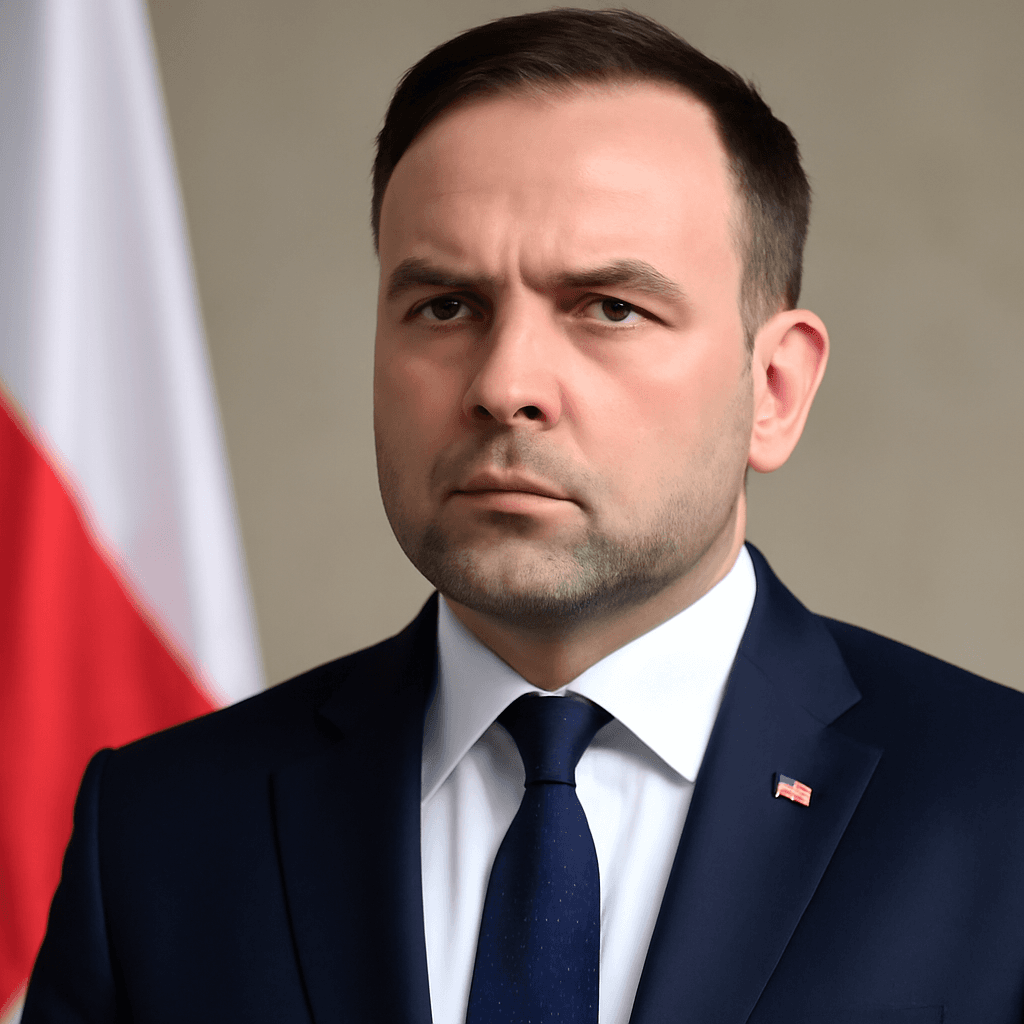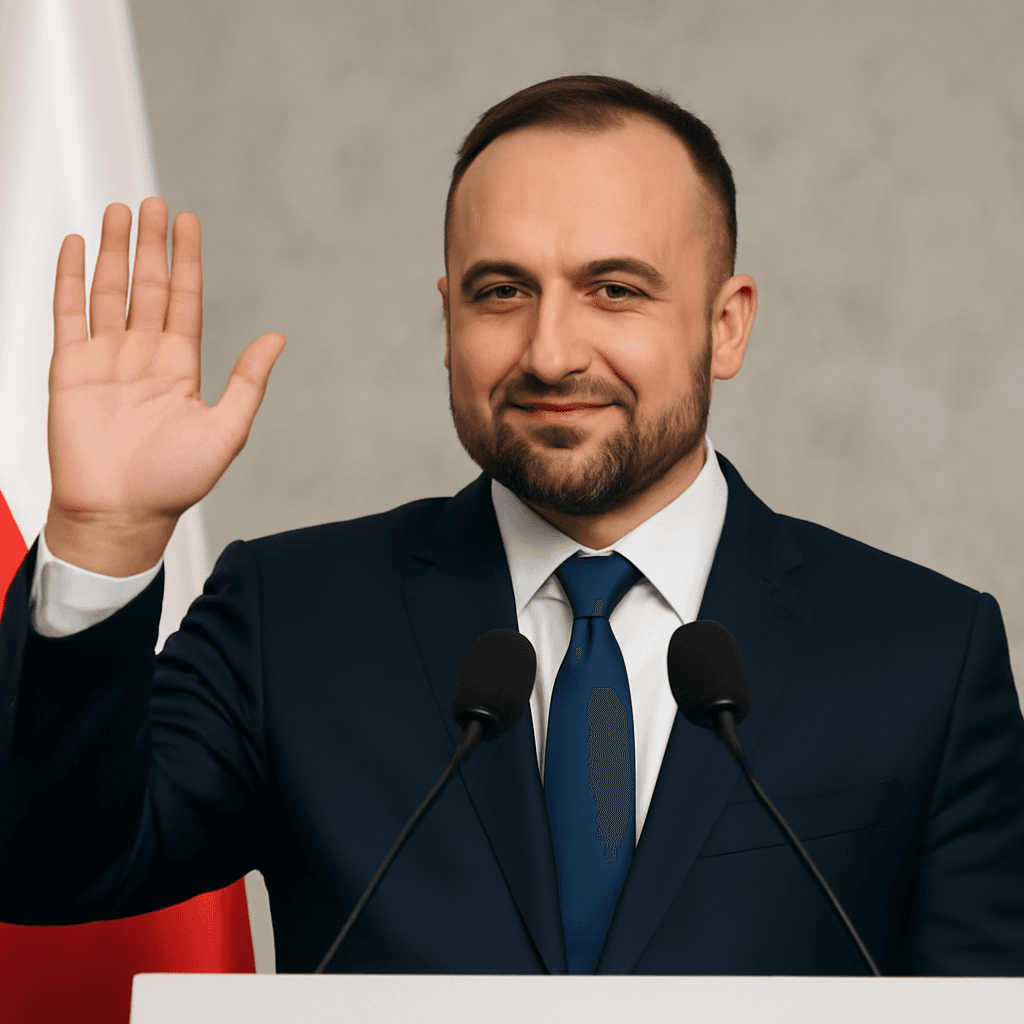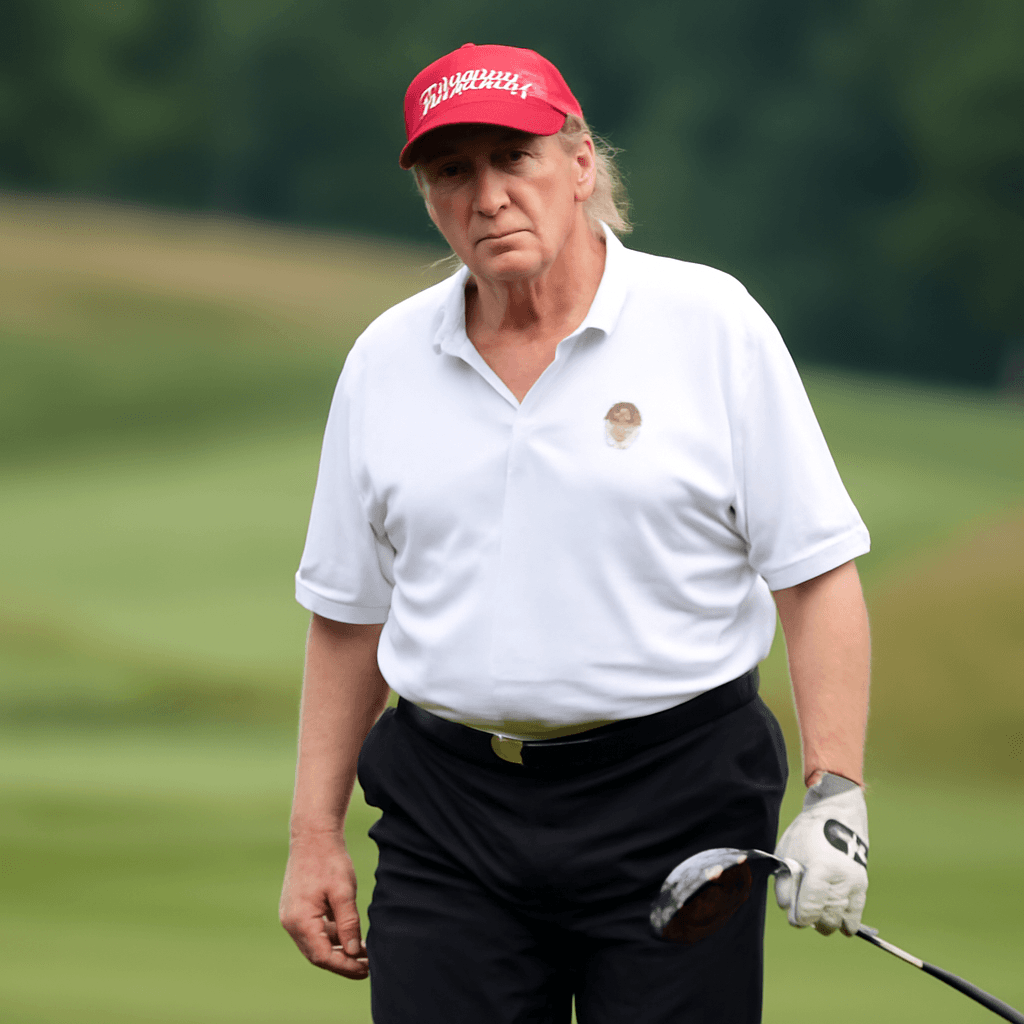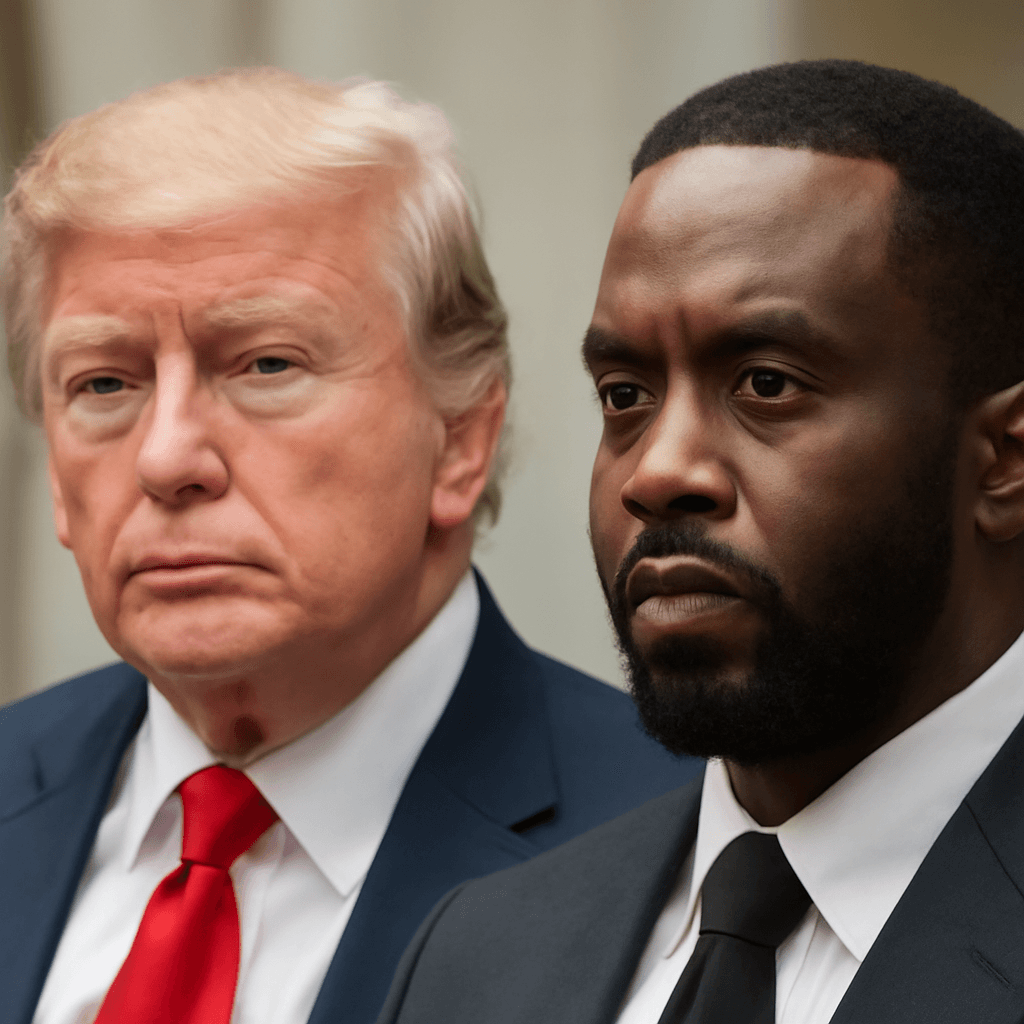Poland Faces a Critical Presidential Election
On June 1, 2025, Poland held a presidential election that represents more than just a routine political exercise. It is a contest between two fundamentally opposing visions for the country’s future—one advocating deeper integration with the European Union and progressive reforms, and the other emphasizing nationalist conservatism aligned with traditional values.
Key Candidates and Their Platforms
Rafal Trzaskowski: Pro-European Centrist
Rafal Trzaskowski, 53, the candidate of the centrist Civic Platform party, campaigns on a progressive, pro-EU platform. As Warsaw’s mayor and ally of Prime Minister Donald Tusk, his potential victory promises to further strengthen Poland's ties with the European Union. Key components of his agenda include:
- Legalization of civil partnerships for same-sex couples
- Relaxation of Poland's near-total abortion ban
- Deeper political and economic integration within the EU
His supporters admire his international standing, liberal outlook, and commitment to democratic principles. Trzaskowski embodies a vision of Poland that embraces modernity and progressive social policies.
Karol Nawrocki: Nationalist Conservative
In opposition stands Karol Nawrocki, 42, a nationalist historian endorsed by the conservative Law and Justice (PiS) party. Nawrocki appeals to voters favoring traditional Catholic values and national sovereignty. His platform emphasizes:
- Preserving national sovereignty over further EU integration
- Stricter controls on immigration and refugee assistance
- Reinforcing Catholic social values and conservative legislation
Supporters view Nawrocki as a guardian of Poland's cultural identity and advocate for policies that prioritize national interests over supranational commitments.
Domestic and International Stakes
This election carries profound implications for Poland’s future direction:
- European Union Relations: Trzaskowski's win could accelerate integration, whereas Nawrocki's victory may slow or reverse these efforts.
- Social Policies: Progressive reforms on LGBTQ+ rights and abortion could gain momentum under Trzaskowski, while Nawrocki would likely reinforce conservative social norms.
- Ukraine and Security Policy: Poland is a critical NATO member and staunch Ukrainian ally. Trzaskowski supports continuing extensive military and humanitarian aid to Ukraine. Conversely, Nawrocki expresses skepticism about NATO’s expansion to Ukraine and favors more restrictive support for Ukrainian refugees in Poland.
- Presidential Powers: The presidency holds veto authority and command over the armed forces, making it a pivotal role influencing legislative processes and national defense.
Electoral Dynamics and Expectations
With nearly 38 million citizens across 336 electoral districts, the contest is narrowly poised. In the first round, Trzaskowski led with 31% of the vote, narrowly ahead of Nawrocki's 30%. The far-right candidate securing over 21% in the initial round could serve as a kingmaker, depending on where their supporters cast their votes in the second round.
Political analysts characterize the election as a decisive moment that will determine Poland's trajectory for years to come.
Conclusion
This presidential election encapsulates a clash between progressive European integration and nationalist conservatism, reflecting broader debates within Polish society about identity, governance, and Poland’s role on the international stage. As voters decide, the outcome will shape not only Poland’s domestic policies but also its engagement with the European Union, NATO, and regional security challenges.

